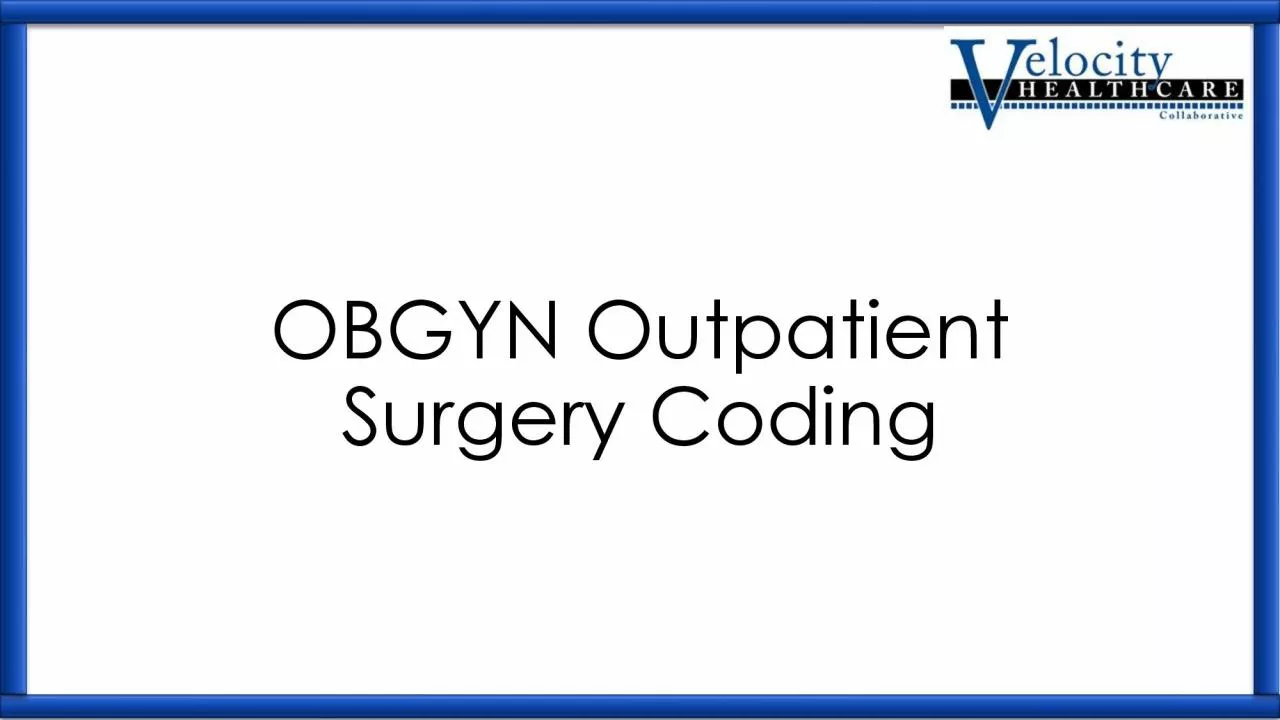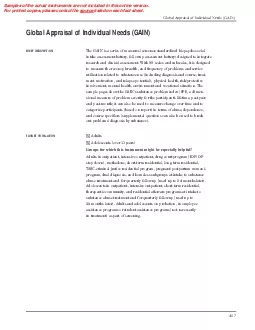PDF-OBGYN Outpatient
Author : smith | Published Date : 2022-08-22
Surgery Coding Anatomy Anatomy Terminology Hystero uterus womb Utero uterus womb Metro uterus womb Salpingo tube usually fallopian tube Oophoro o
Presentation Embed Code
Download Presentation
Download Presentation The PPT/PDF document "OBGYN Outpatient" is the property of its rightful owner. Permission is granted to download and print the materials on this website for personal, non-commercial use only, and to display it on your personal computer provided you do not modify the materials and that you retain all copyright notices contained in the materials. By downloading content from our website, you accept the terms of this agreement.
OBGYN Outpatient: Transcript
Download Rules Of Document
"OBGYN Outpatient"The content belongs to its owner. You may download and print it for personal use, without modification, and keep all copyright notices. By downloading, you agree to these terms.
Related Documents














